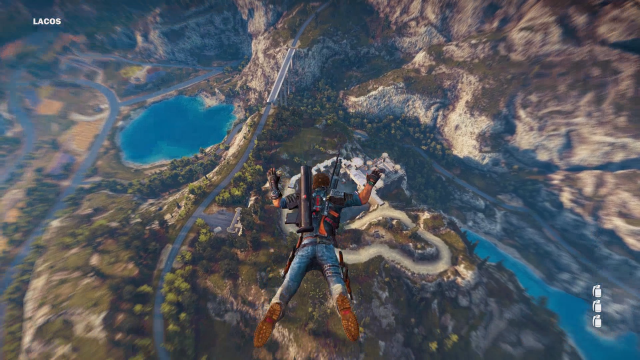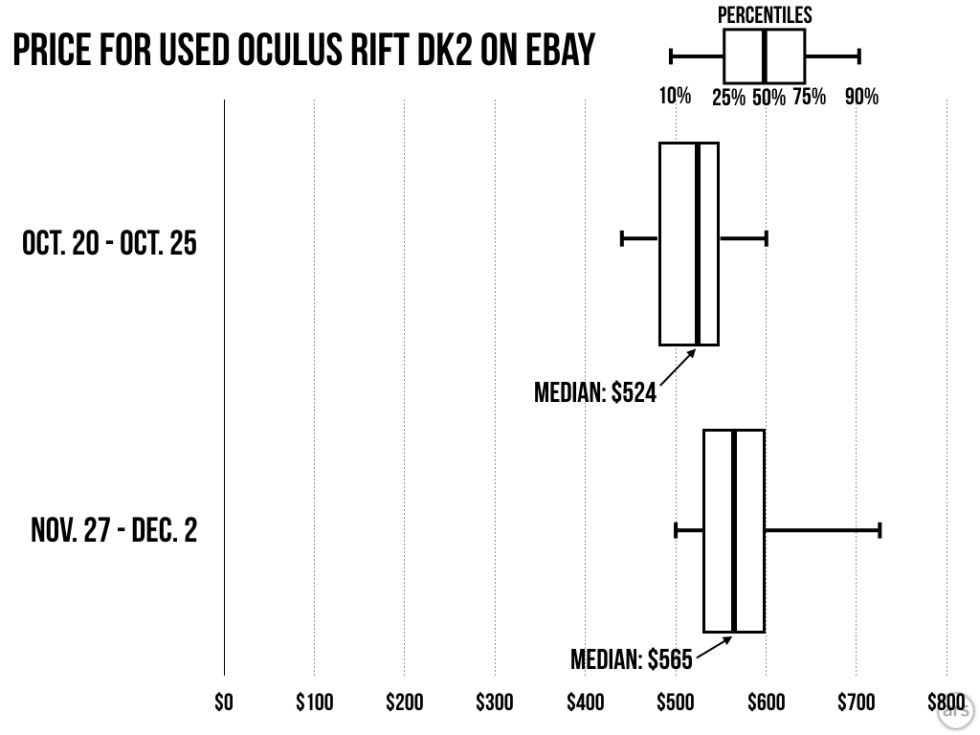
Some of this could be yours if you enter our sweepstakes!
We're once again coming up on the season of giving, and here at Ars, we’d like to give some stuff to you while you give to some deserving charities. That’s right—it’s the 2015 edition of our annual Charity Drive.
Since 2007, we've been actively encouraging readers to give to Penny Arcade's Child's Play charity, which provides toys and games to kids being treated in hospitals around the world. In recent years, we've added the Electronic Frontier Foundation to our annual charity push, aiding in their efforts to defend Internet freedom. This year as always, we're giving some extra incentive for those donations by offering donors pieces of our big pile of vendor-provided swag. We can't keep it (ethically), and we don't want it clogging up our offices anyway, so it’s yours to win.
This year's swag pile is yet another big one. We have more than 100 prizes amounting to more than $8,000 in value, including laptops, game consoles, headsets, collector's edition games, rare limited-edition items, clothing, and other cool collectibles. In 2014, Ars readers raised over $25,000 for charity, contributing to a total haul of over $166,000 since 2007. This year, we're hoping to break the 2012 record of more than $28,000 in donations, and we can do it if readers really dig deep.




